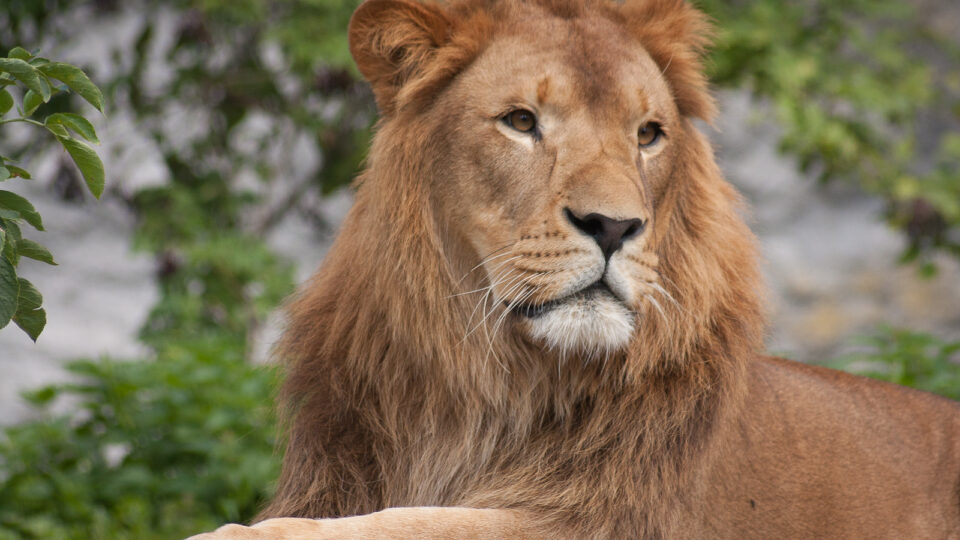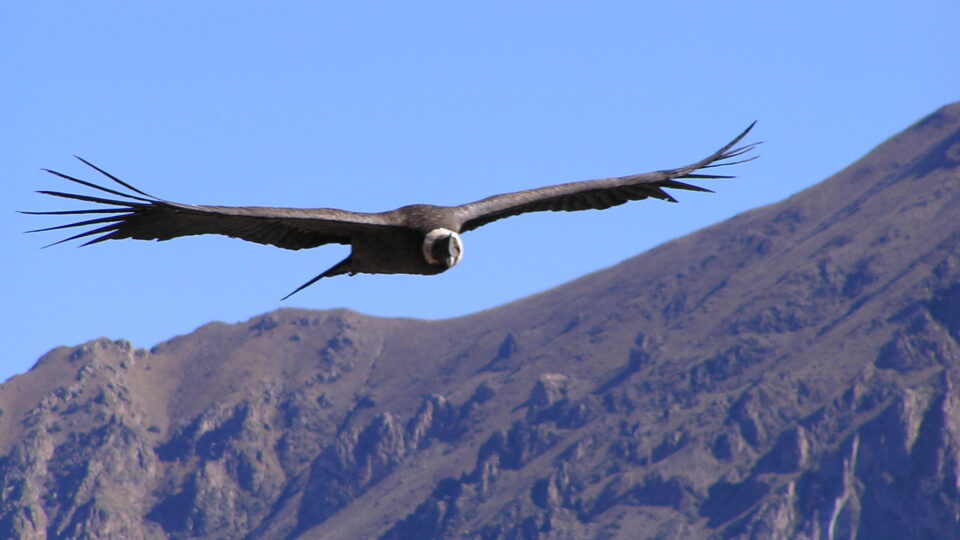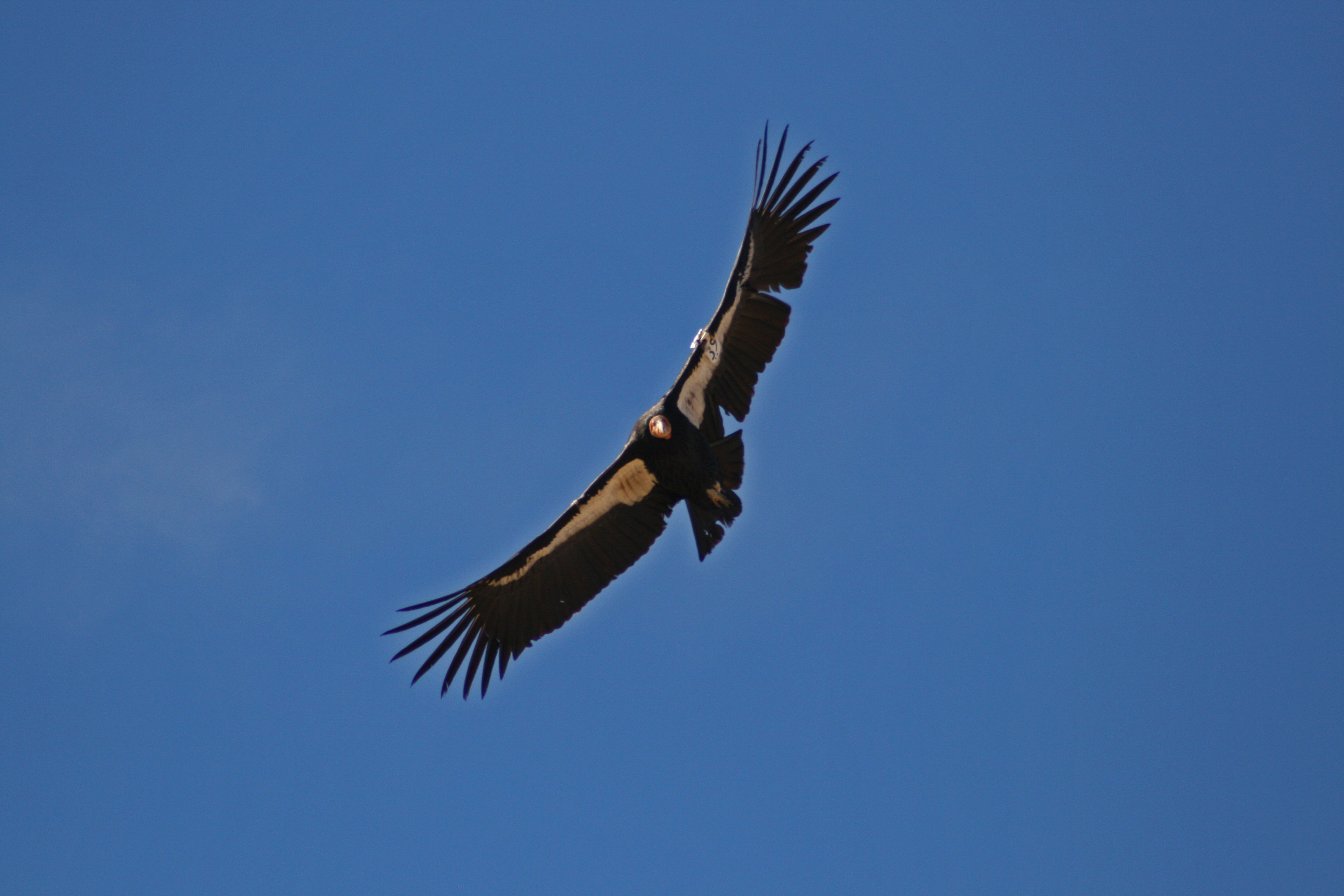In the 1990s, there was rapid growth in South Africa of the private wildlife industry. Large numbers of cattle, sheep, and goat ranchers replaced their domestic livestock with wild animals that wealthy hunters would pay lots of money to shoot. Lions were among the most prized targets for these people. Over time, hundreds of ranchers became involved in the business of breeding large numbers of the big cats in cages or small enclosures. Wealthy clients paid $25,000 to $40,000 to shoot a captive-bred lion – cheaper than the cost of a true wild lion hunt and much easier too. The animals were not afraid of humans and were easy to find.
By 2015, about 200 ranches held at least 8,000 captive-bred lions. Over 600 were trophy-hunted that year, generating about $16 million in trophy fees, mostly from Americans.
Journalists and conservationists exposed poor conditions on many lion farms and many other abuses. Over time, the South African government cracked down on the export of lion bones and other body parts for taxidermy, traditional Chinese medicine, and other uses. The days of captive lion breeding seemed numbered but shutting down the lucrative industry is not easy.
Wild lions in South Africa are not endangered. In fact, existing sanctuaries and preserves have as many lions as they can sustain. What to do with thousands of captive lions is a real problem. Some have suggested mass euthanasia, but that appalling idea has garnered very little support. The future of these animals still hangs in the balance and so far, there are really no truly desirable solutions in the offing.
**********
Web Links
If South Africa Ends Lion Breeding, What to Do With Captive Cats?
Photo, posted August 21, 2011, courtesy of Leszek Leszczynski via Flickr.
Earth Wise is a production of WAMC Northeast Public Radio


